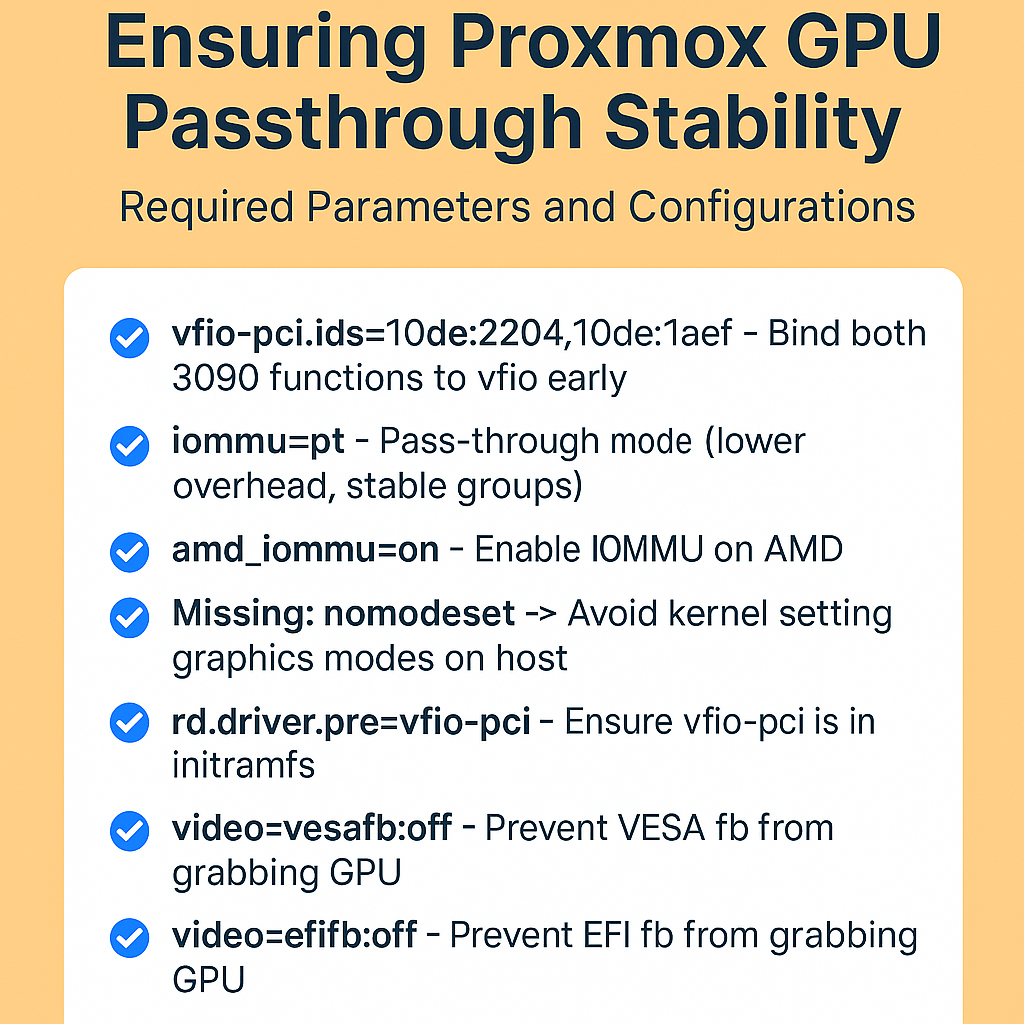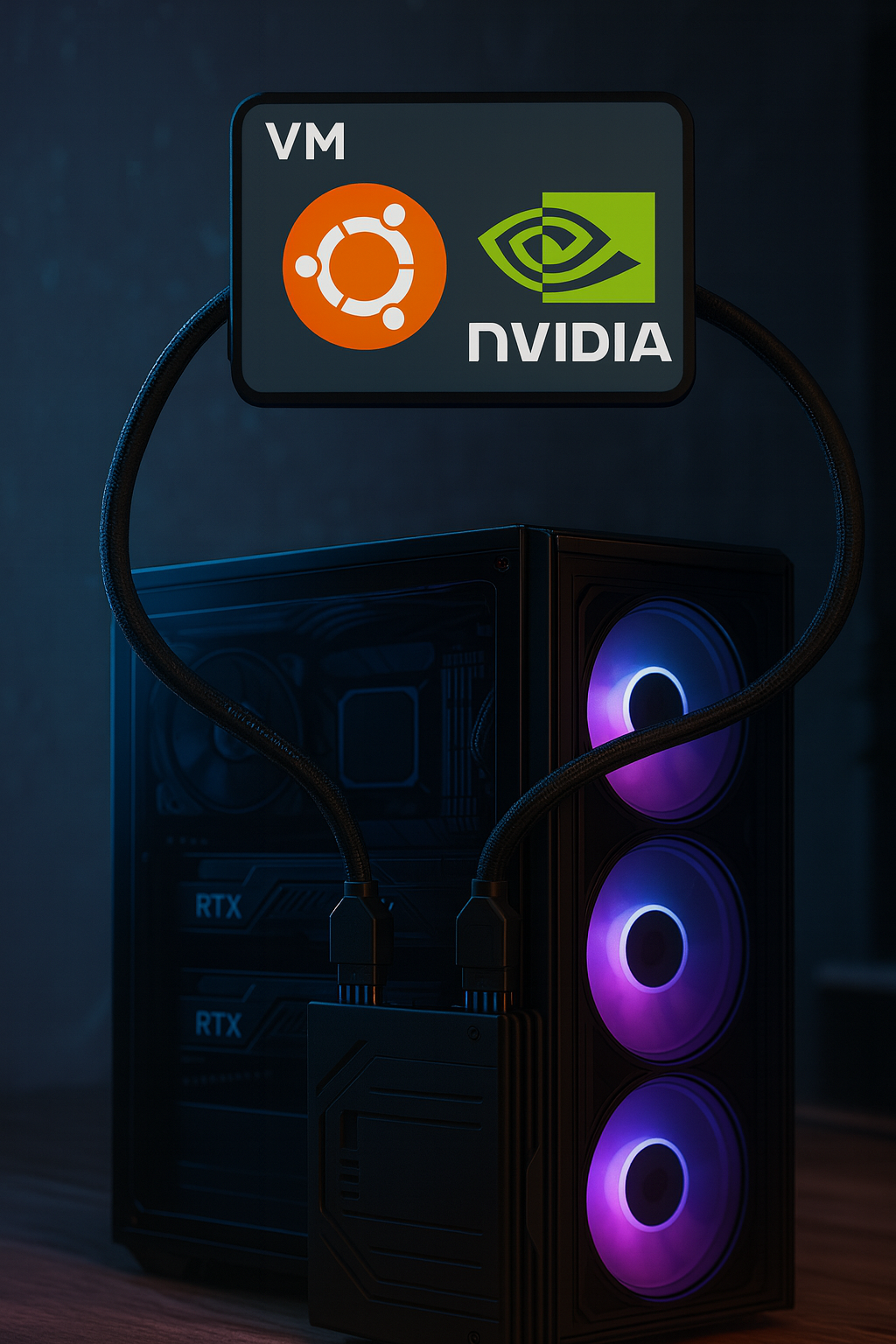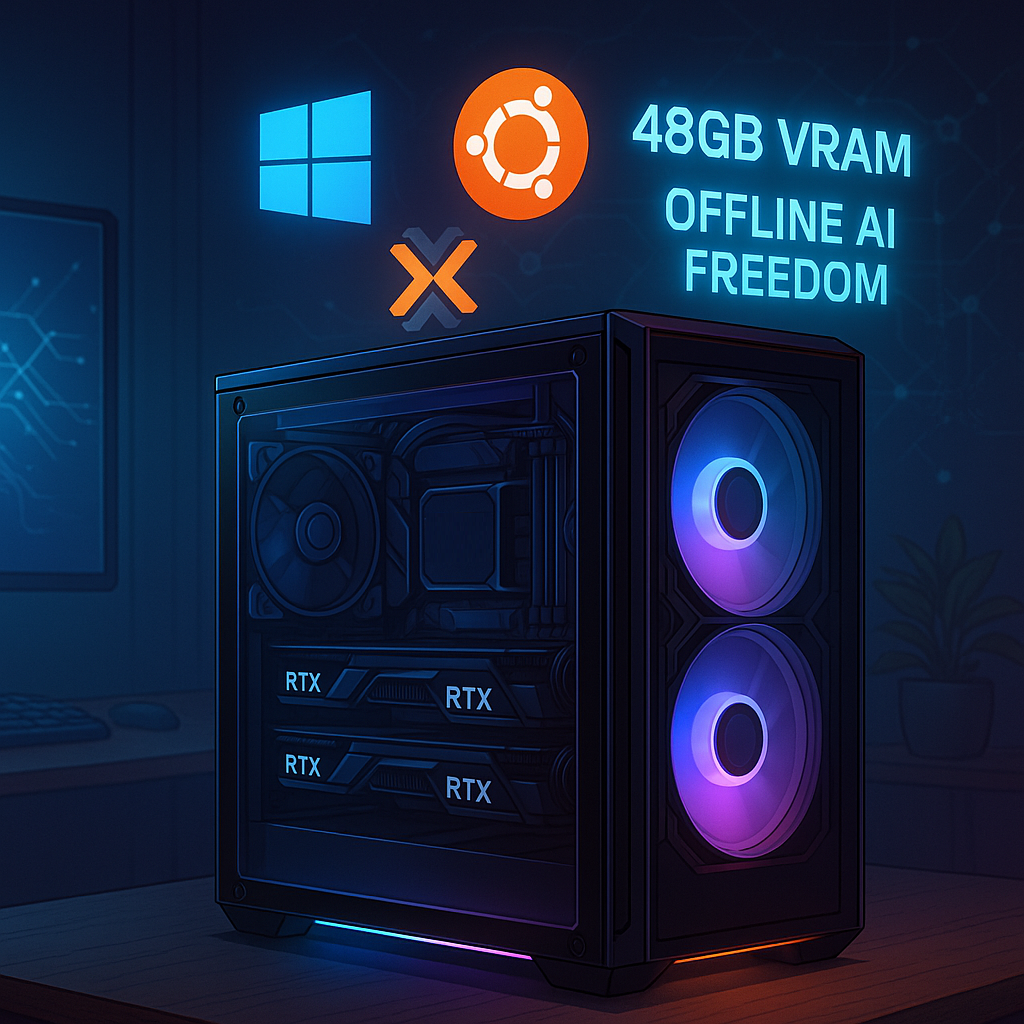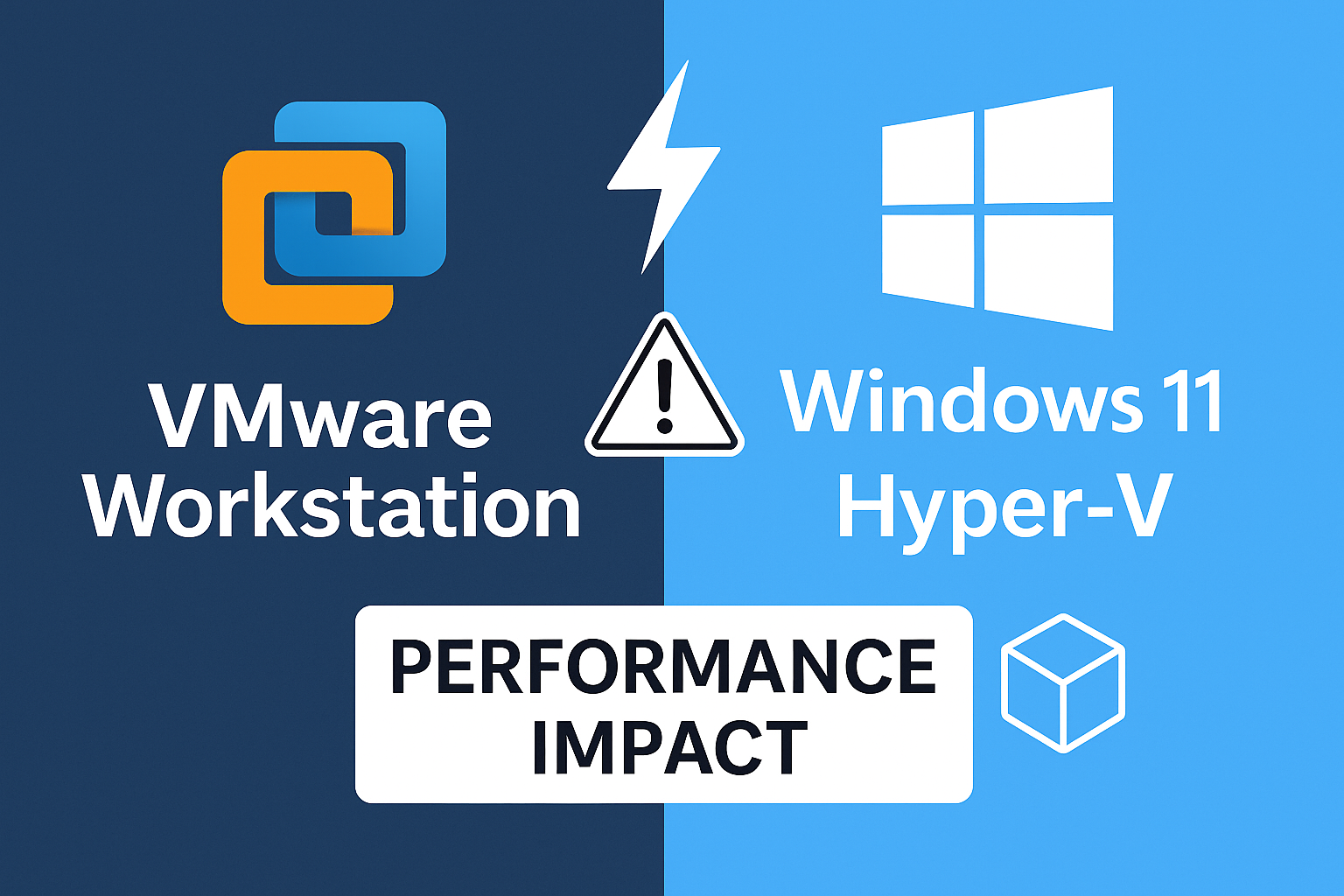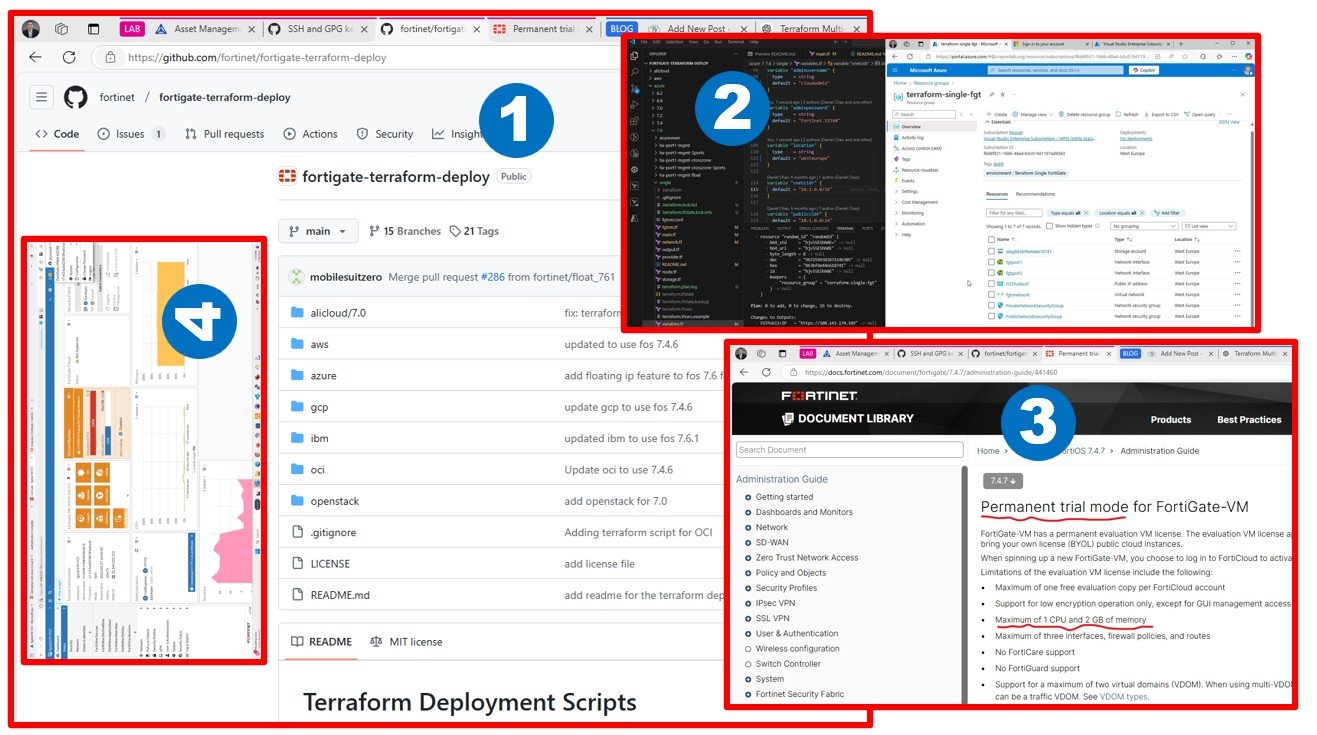I started to learn AWS last summer as a 2nd cloud after my Microsoftee years. So many similarities, but different vocabulary. There are surprisingly great services for Windows shops at AWS. I am less machine learning and DevOps and more on Networking and Database kind of person. What is your profile? What’s the best learning path for you? How you can bring the most value to the organization supports your development plan?
To address those questions I found a great article on the A Cloud Guru website. Which AWS Certification Should I Get? | A Cloud Guru
It helped me to understand the different paths and personalities following those paths.
A hardcore developer probably less enjoys drawing a nice fancy diagram (or writing documentation), and a hardcore architect less enjoys debugging Python or advanced Terraform scripts.
I think, as a superhero (I am lucky to have such friends), it is good to have a sense of understanding of each area. It helps you to understand resource planning in AWS projects/engagements.
Source: https://go.acloudguru.com/rs/194-UHP-609/images/Cert-Guide-AWS-2020.pdf

